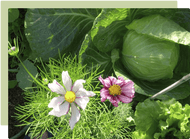Posted by by the Gubba Team
12th Jul 2023
Companion planting in your home garden
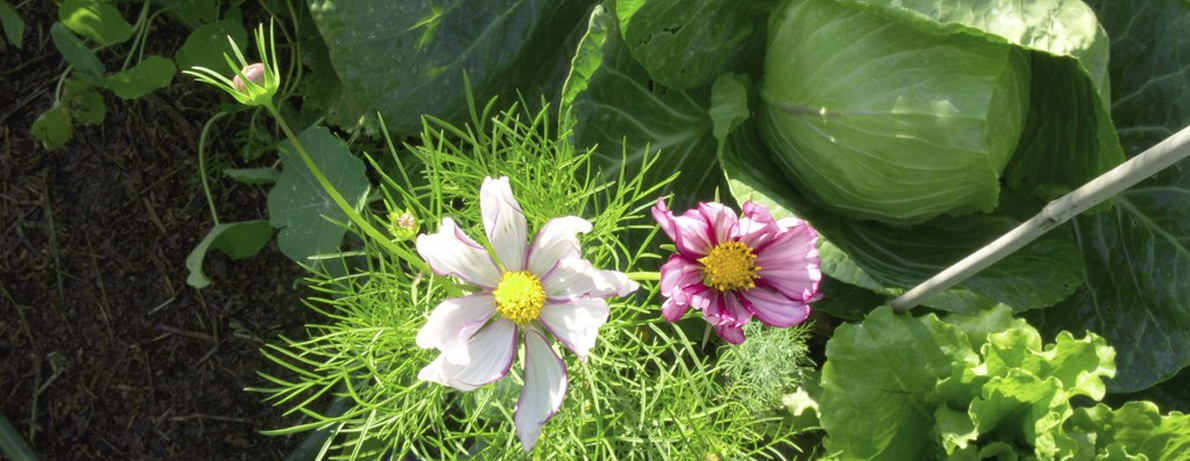
Companion planting is an age-old practice that can help you to create a flourishing, resilient garden ecosystem. If you're looking to optimise space and enjoy benefits such as enhanced nutrient uptake, better pollination, and natural pest control, companion planting is absolutely a technique worth exploring.
The main idea behind companion planting is to foster mutually beneficial relationships between plants, by strategically planting different species in close proximity to one another. By mimicking natural ecosystems, we can create a diverse and balanced environment that supports the overall well-being of your garden. We’ve listed some key benefits below, along with 10 easy companion planting pairs you can try to get you started!
What are the benefits?
Pest Management: One of the key advantages of companion planting is natural pest control. Certain plants emit chemical compounds that repel pests, while others attract beneficial insects that prey on garden pests. By interplanting compatible species, you can minimise the need for harmful pesticides and maintain a healthier garden ecosystem.
Improved Pollination: Some plants rely on pollinators, such as bees and butterflies, to produce fruits or seeds. By growing flowers and plants that attract pollinators near your vegetable or fruit-bearing plants, you increase the chances of successful pollination and subsequently enhance crop yields.
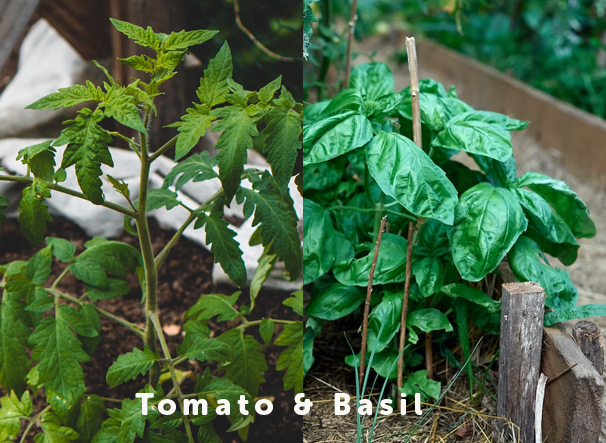
Nutrient Enhancement: Companion plants can work together to improve nutrient absorption and soil health. For instance, legumes, such as beans and peas, have the ability to fix nitrogen in the soil, benefiting neighboring plants that require nitrogen for growth. Additionally, certain plants act as "dynamic accumulators," drawing up nutrients from deeper soil layers and making them available to shallow-rooted plants nearby.
Weed Suppression: Intercropping compatible plant species can help suppress weed growth by providing shade, reducing soil erosion, and competing for resources like sunlight, water, and nutrients.
Maximising Space: Companion planting allows you to make the most of limited garden space. Optimise your garden's productivity by selecting plant combinations that grow well together.
Here are some easy companion planting combinations to try in your garden...
Tomato and Basil: Tomatoes and basil make a classic companion planting pair. Basil acts as a natural insect repellent, protecting tomatoes from pests like aphids and whiteflies. Plus the aromatic foliage of basil can enhance the flavor of tomatoes when used in the kitchen!
Carrots and Onions: Planting carrots and onions together is a win-win situation. Onions help repel carrot rust flies, while carrots deter onion flies. This interplanting is also a great way to utilise space efficiently in your garden.
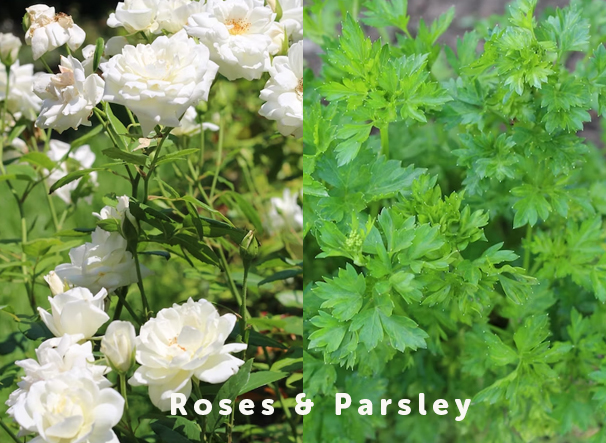
Cucumber and Radish: Cucumbers are known for their sprawling nature, while radishes are quick-growing and occupy less space. Planting radishes alongside cucumbers not only helps deter common cucumber pests, but also serves as an indicator for cucumber diseases. If the radishes show signs of infection, you can take preventive measures to protect your cucumbers.
Roses and Parsley: This unexpected combination comes with loads of benefits (and surprisingly, they can look quite good together too!). Parsley deters pests such as aphids and beetles. And as an added bonus, some say parsley can even enhance the fragrance of your roses.
Beans and Corn: The combination of beans and corn is a classic example of the "Three Sisters" planting technique used by Native Americans (with the third "sister" crop being pumpkin or squash). Beans climb the sturdy corn stalks for support, while the beans' nitrogen-fixing abilities bring benefits to the corn.
Squash and Nasturtium: Nasturtiums are excellent companions for squash plants. They act as a natural pest repellent, deterring squash bugs and other harmful insects. The bright flowers of nasturtiums also attract pollinators, benefiting both plants.
Lettuce and Chives: Planting chives alongside lettuce not only adds flavor to your salads but also helps deter pests. Chives repel aphids, carrot flies, and other common lettuce pests. Additionally, the upright growth of chives provides some shade for the lettuce, preventing it from going to seed in hot weather.
Spinach and Strawberries: Pairing spinach with strawberries is a great way to maximise space and soil fertility. The sprawling nature of strawberry plants acts as a living mulch, shading the soil and suppressing weed growth around the spinach. In return, the spinach's dense foliage protects the strawberries' shallow roots and helps retain soil moisture.
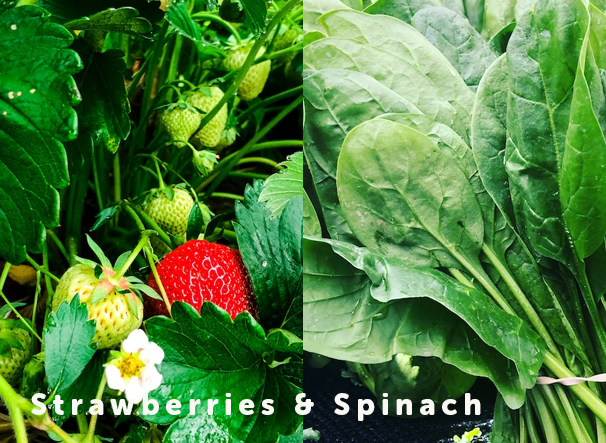
Cabbage and Dill: Planting dill near cabbage family plants, such as broccoli, cabbage, or kale, can attract beneficial insects like ladybugs and lacewings. These insects prey on pests like aphids and cabbage worms, reducing the need for chemical interventions. Just be sure to keep dill away from carrots, as they may negatively affect each other's growth.
Eggplant and Calendula: Calendula is a great companion for eggplants. The vibrant flowers of calendula attract pollinators while also repelling aphids and nematodes. These pests are common problems for eggplants, making calendula a valuable ally in promoting healthy eggplant growth.
Companion planting is a simple, practical technique that you can delve into endlessly. By understanding the benefits of companion planting and experimenting with plant combinations, you can enhance pest management, improve pollination, optimise space, and boost overall plant health. Whether you're a seasoned green-thumb or just starting out, companion planting offers a sustainable and natural way to nurture your plants and optimise your harvest. We’d definitely recommend giving it a go!


